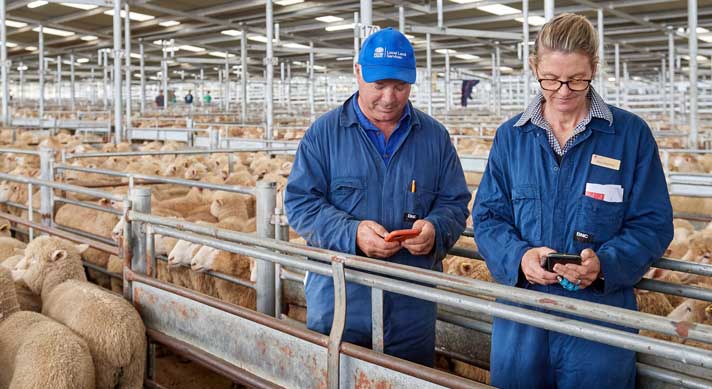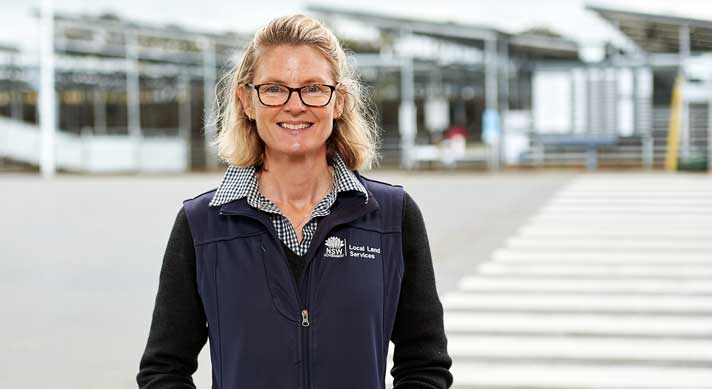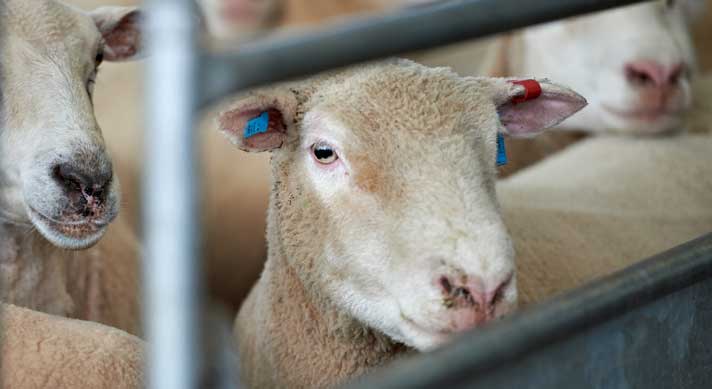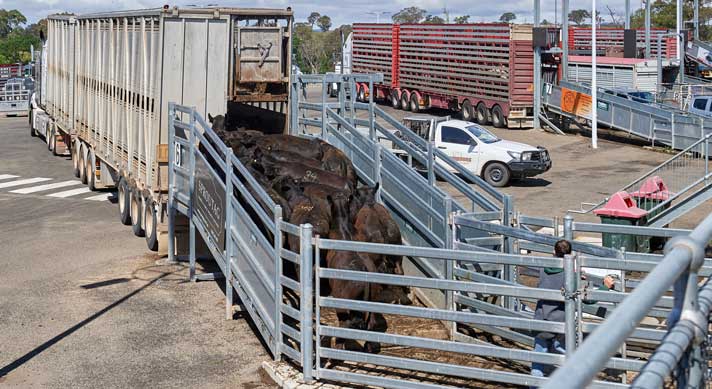Biosecurity top of mind for Yass vet
06 September 2022
-Min Read
Key points
- Traceability is vital in managing biosecurity threats
- NLIS obligations protect domestic and international markets
- NVDs and eNVDs must be clear, complete and correct
- eNVD is the faster, easier way to complete livestock consignments



